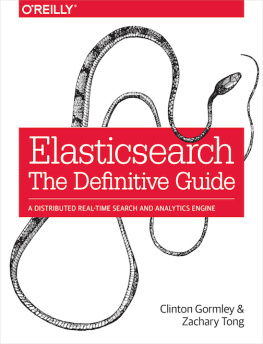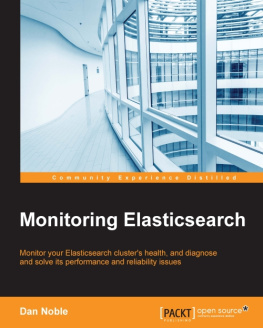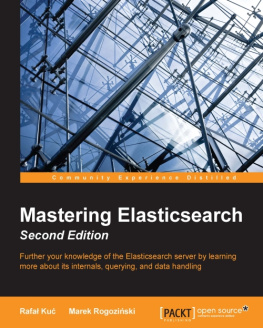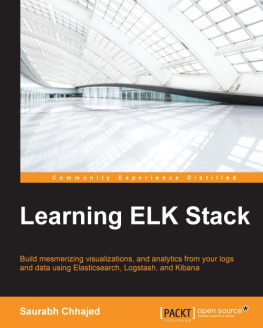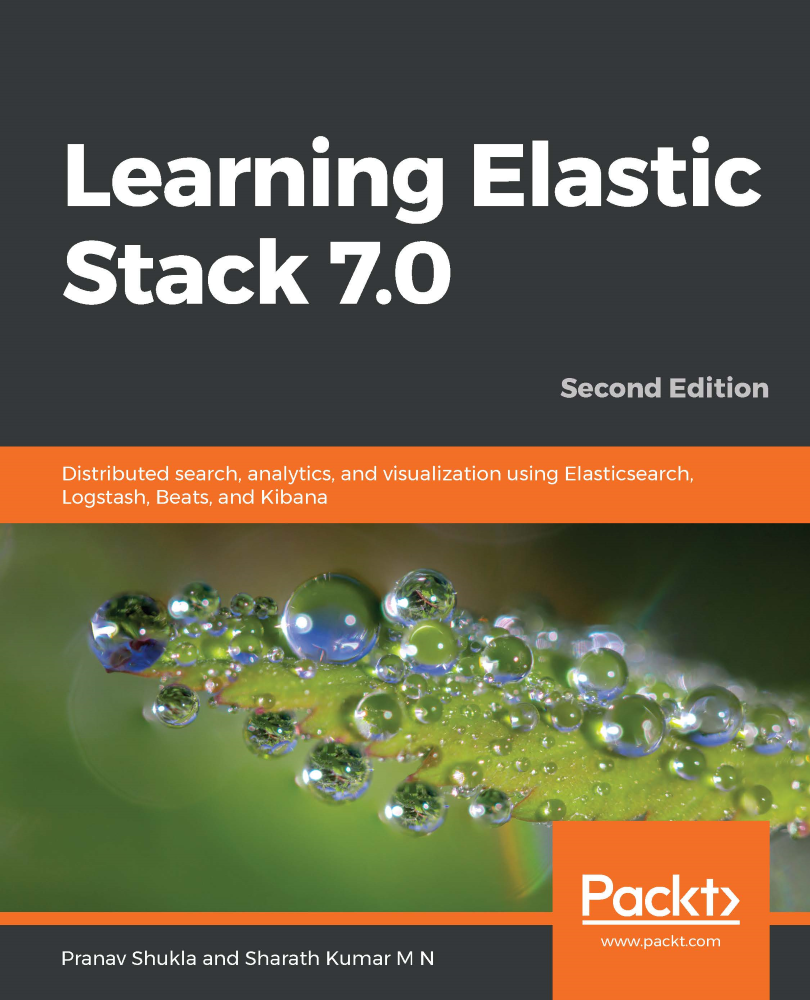Did you know that Packt offers eBook versions of every book published, with PDF and ePub files available? You can upgrade to the eBook version at www.packt.com and as a print book customer, you are entitled to a discount on the eBook copy. Get in touch with us at customercare@packtpub.com for more details.
At www.packt.com , you can also read a collection of free technical articles, sign up for a range of free newsletters, and receive exclusive discounts and offers on Packt books and eBooks.
About the authors
Pranav Shukla is the founder and CEO of Valens DataLabs, a technologist, husband, and father of two. He is a big data architect and software craftsman who uses JVM-based languages. Pranav has over 15 years experience in architecting enterprise applications for Fortune 500 companies and start-ups. His core expertise lies in building JVM-based, scalable, reactive, and data-driven applications using Java/Scala, the Hadoop ecosystem, Apache Spark, and NoSQL databases. Pranav founded Valens DataLabs with the vision of helping companies to leverage data to their competitive advantage. In his spare time, he enjoys reading books, playing musical instruments, and playing tennis.
I would like to thank my wife Kruti Shukla, our sons Sauhadra and Pratishth, my parents Dr Sharad Shukla and Varsha Shukla and my brother Vishal Shukla for inspiring me to write this book. I would like to thank Parth Mistry, Gopal Ghanghar, and Krishna Meet for their valuable feedback for the book. Special thanks to Umesh Kakkad, Alex Bolduc, Eddie Moojen, Wart Fransen, Vinod Patel, and Satyendra Bhatt for their help and support.
Sharath Kumar M N did his master's in computer science at the University of Texas, Dallas, USA. He is currently working as a senior principal architect at Broadcom. Prior to this, he was working as an Elasticsearch solutions architect at Oracle. He has given several tech talks at conferences such as Oracle Code events. Sharath is a certified trainer Elastic Certified Instructor one of the few technology experts in the world who has been certified by Elastic Inc. to deliver their official from the creators of Elastic training. He is also a data science and machine learning enthusiast.
In his free time, he likes playing with his lovely niece, Monisha; nephew, Chirayu; and his pet, Milo.
I would like to thank my parents, Geetha and Nanjaiah; sister, Dr. Shilpa; brother-in-law, Dr. Sridhar; and my friends and colleagues - without their support, I wouldn't have been able to finish my part of this book in time. I would like to thank Ali Siddiqui and Venkata Karpuram for their inspirational leadership in AIOps at Broadcom. I would also like to thank Rajat Bhardwaj, Prasanth Kongati and Kiran Kadarla for their encouragement and support.
About the reviewer
Tan-Vinh Nguyen is a Switzerland-based Java, Elasticsearch, and Kafka enthusiast. He has more than 15 years experience in enterprise software development. As Elastic Certified Engineer, he works currently for mimacom ag in international Elasticsearch projects. He runs a blog named Cinhtau, where he evaluates technology, concepts, and best practices. His blog posts enable and empower application developers to accomplish their missions.
Marcelo Ochoa works for Direccin TICs of Facultad de Ciencias Exactas at Universidad Nacional del Centro de la Prov. de Buenos Aires and is the CTO at Scotas.com, a company that specializes in near real-time search solutions using Apache Solr and Oracle. He divides his time between ...
What this book covers
, Introducing Elastic Stack , motivates you by introducing the core components of Elastic Stack, and the importance of the distributed, scalable search and analytics that Elastic Stack offers by means of use cases involving Elasticsearch. The chapter provides a brief introduction to all the core components, where they fit into the overall stack, and the purpose of each component. It concludes with instructions for downloading and installing Elasticsearch and Kibana to get started.
, Getting Started with Elasticsearch , introduces the core concepts involved in Elasticsearch, which form the backbone of the Elastic Stack. Concepts such as indexes, types, nodes, and clusters are introduced. You will also be introduced to the REST API to perform essential operations, datatypes, and mappings.
, Searching What is Relevant , focuses on the search use case of Elasticsearch. It introduces the concepts of text analysis, tokenizers, analyzers, and the need for analysis and relevance-based searches. The chapter highlights an example use case to cover the relevance-based search topics.
, Analytics with Elasticsearch , covers various types of aggregations by means of examples in order for you to acquire an in-depth understanding. This chapter covers very simple to complex aggregations to get powerful insights from terabytes of data. The chapter also covers the motivation behind using different types of aggregations.
, Analyzing Log Data , establishes the foundation for the motivation behind Logstash, its architecture, and installing and configuring Logstash to set up basic data pipelines. Elastic 5 introduced ingest nodes, which can be used instead of a dedicated Logstash setup. This chapter also covers building pipelines using Elastic ingest nodes.


